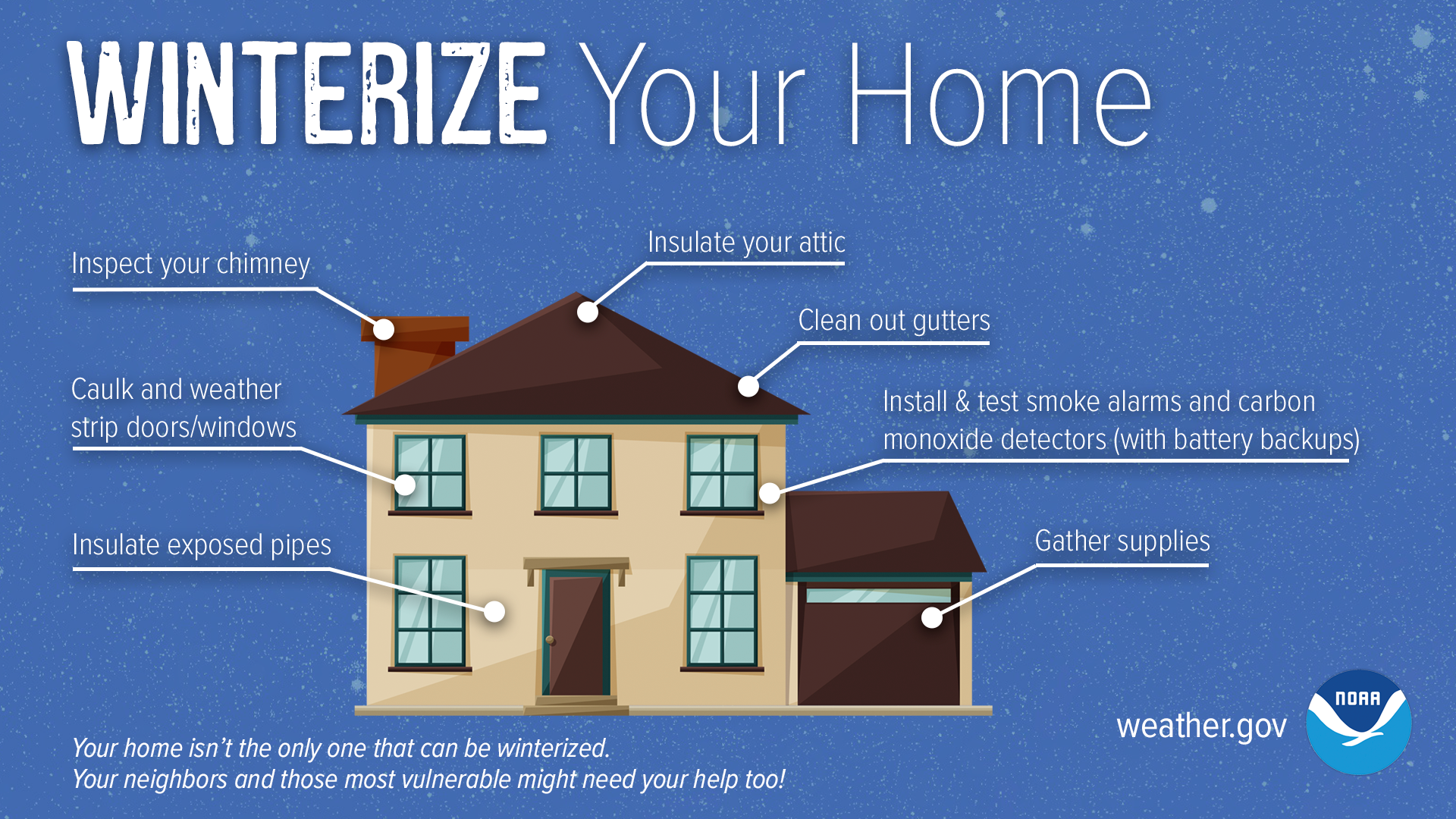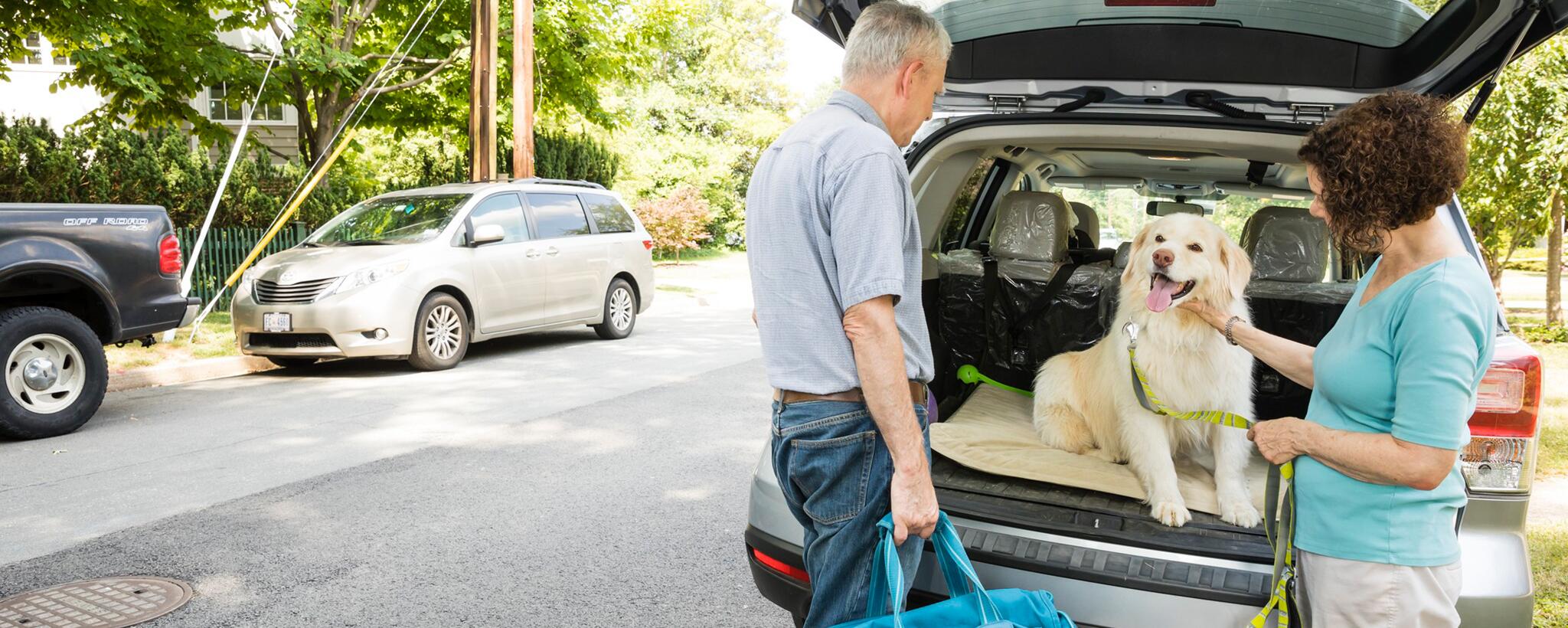
Medical Needs in a Disaster
- Home
- /
- Preparedness
- /
- Medical Needs in a...
In a disaster, people with special medical needs have extra concerns. This information will help you and your family prepare for a disaster.
Medication
- Always have at least a three-day supply of all your medications. In some emergencies, such as an influenza pandemic, you may need to prepare for a week or more.
- Store your medications in one location in their original containers.
- Keep an updated list of all of your medications: name of medication, dose, frequency, and the name of the prescribing doctor.
Medical Supplies
- Have an extra three-day supply of any medical supplies you use, such as bandages, ostomy bags or syringes.
Electrically Powered Medical Equipment
- For all medical equipment requiring electrical power — beds, breathing equipment or infusion
pumps — check with your medical supply company and get information regarding a back-up power source
such as a battery or generator.
Oxygen and Breathing Equipment
- If you use oxygen, have an emergency supply (enough for at least a three-day period).
- Oxygen tanks should be securely braced so they do not fall over. Call your medical supply company regarding bracing instructions.
- If you use breathing equipment, have a three-day supply or more of tubing, solutions and medications.
Intravenous (IV) and Feeding Tube Equipment
- Know if your infusion pump has battery back-up, and how long it would last in an emergency.
- Ask your home care provider about manual infusion techniques in case of a power outage.
- Have written operating instructions attached to all equipment.
Emergency Medical Kit
- In the event that you have to leave your home, keep a bag packed at all times that contains:
- A medication list
- Medical supplies for at least three days
- Copies of vital medical papers such as insurance cards and power of attorney
People Who Can Help
- An important part of being prepared for a disaster is planning with family, friends and neighbors. Know who can walk to your home to assist you if no other means of transportation is available.
- Discuss your disaster plans with your home health care provider.
- Keep a list handy of people who can help and their phone numbers.






